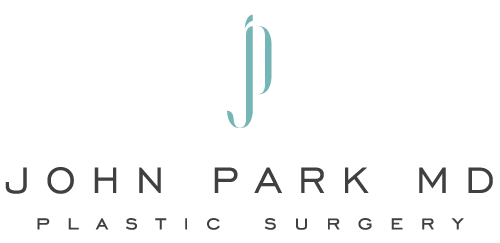
23 Aug Postoperative Procedures: 4 Tips For Faster Recovery From Facelift Surgery
So Your Facelift Is Done. What’s Next?
A facelift or rhytidectomy is a surgical cosmetic procedure aimed to reverse the signs of aging. Every facelift surgery is different, and so is every patient’s recovery. Usually, the last thing patients think about is the recovery process. But a successful procedure means knowing what happens in the postoperative period. Most patients feel some discomfort, bruising, tenderness, and swelling for several days. However, expect to make a full recovery in about 2-3 weeks. For the best outcome, try these 4 recovery tips.
1. Sleeping after surgery
Facelift surgery is not suggested for anyone with serious medical problems. Candidates should be in good mental and physical health. Rhytidectomy often requires patients to briefly adjust sleeping positions to reduce the risk of jeopardizing the results. After surgery, patients should sleep face up with the head elevated. The elevation helps drain fluid away from the face, diminish swelling, and promote healing. Sleeping on the back also reduces the chances of postoperative complications and opening stitches.
2. Try a cold compress
The first few days after a facelift, bruising, swelling, and discomfort can occur. Usually, there is little actual pain, but patients may experience a deep bruised sensation due to the swelling. The face may also seem heavy. Symptoms can be relieved with cold compresses and medications. Use ice packs for the first 48-72 hours. First, place a thin cloth on the face, then apply the compress for 10-20 minutes at a time. Do not apply pressure or heat. If needed, add some non-steroidal anti-inflammatory drugs (NSAIDs) to help with inflammation.
3. Shelf your hardcore exercise, for now
Light exercise, like stretching, may be okay after having a facelift. However, any activity that excessively increases blood pressure must be avoided. So no cardio at all. Even walks or yoga can be dangerous until the 4-week mark. By week 5, patients are typically able to return to some regular, light exercise routines. At this point, heavy lifting and strenuous activity are still not recommended. Unsure patients should check with the surgeon first for approved exercises.
4. Avoid sodium-heavy foods
The body will need nutritious foods for fast healing. Soft foods are best while recovering from a facelift. Eat lean proteins, fiber-rich foods like whole grains, oatmeal, berries, and anti-inflammatory spices, such as turmeric. If eating is a challenge, meal replacement shakes are an option. Excess salt or sodium adds to swelling after plastic surgery. Salt causes the body to retain water, leading to fluid leaking from the cells, known as edema. Sodium also prolongs the healing process.
Focus on your recovery and healing
A successful facelift includes proper postoperative care. Every recovery is different, but these tips aid in healing. Avoiding high-sodium foods while getting adequate nutrition lessens swelling and draining. Sleeping on the back with pillows to keep the head raised also aids in drainage. Most of all, getting rest in the weeks after surgery helps with a faster recovery. Speak with a doctor for a detailed recovery regimen to bring results that will last for years.



